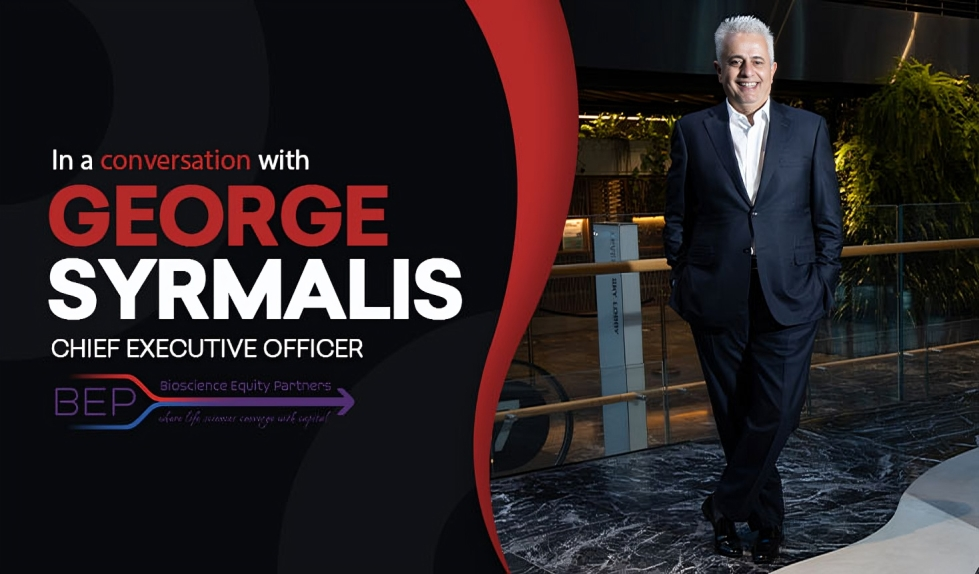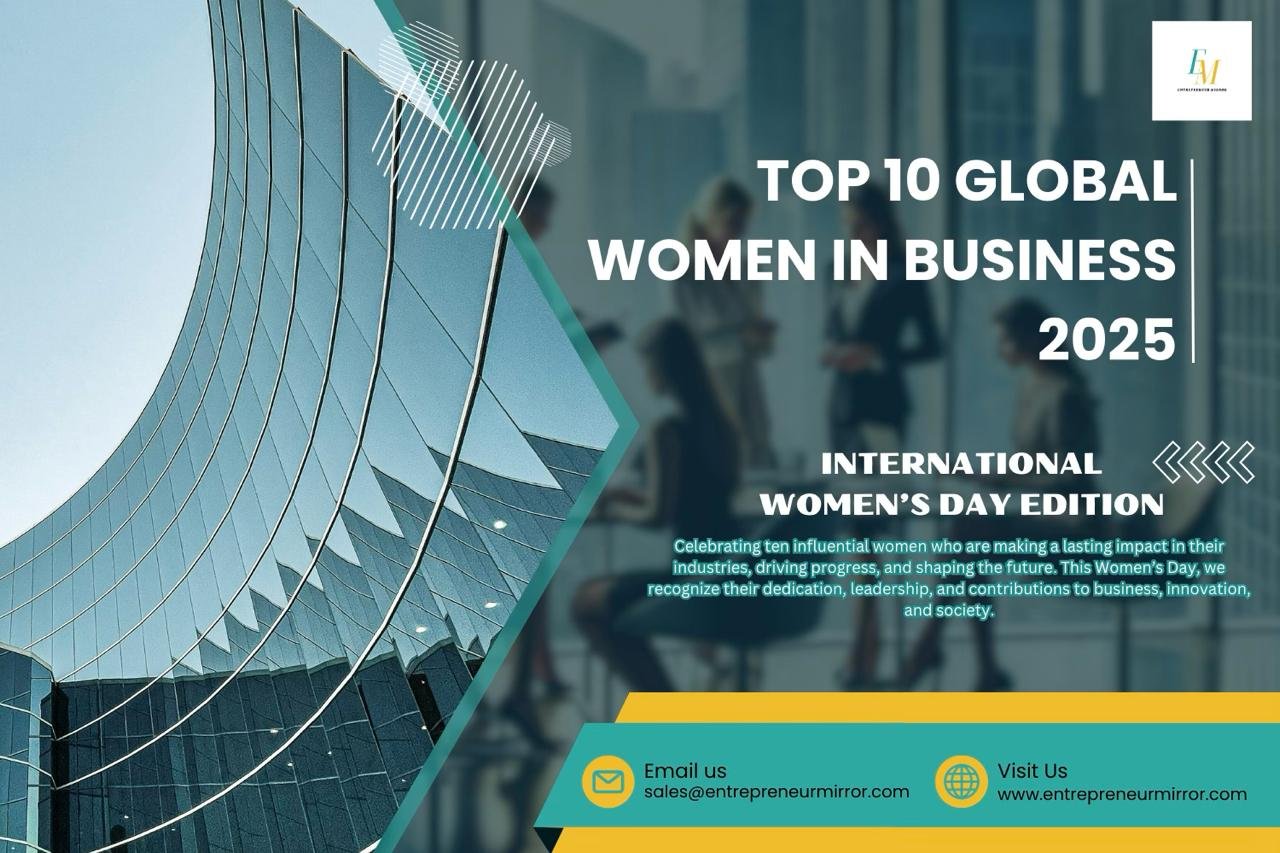In a world where people have limited or no control over their data and restrictions posed on making changes to individual information, Web3 is soon to become a shift that can alter the current structure of the internet and its socio-economic realities. The questions and doubts regarding Web3 are circulating among a large population. It creates a potential space for an inherently more open, secure, and equitable Internet.
What is Web3
Web3 is an innovative platform, still in its infancy, and promises to revolutionize the interaction of people with the internet. Web3, a.k.a Web 3.0, promises greater data controls for individuals, better security, and privacy. A few concepts of Web 3.0 include:
- Decentralized
- Permissionless
- Interoperable
In simple terms, Web 3.0 is the third version of the web or the internet.
The History of Web
One of the best ways to understand Web3 is to consider how the Web has grown from its early days to the present, the transition from Web 1.0 to the current Web 2.0 to the future Web 3.0.
Web 1.0
The earliest iteration of the internet, web 1.0, primarily served as a ‘read-only’ tool and displayed information only. It commenced in 1973 when the U.S. Defense Advanced Research Projects Agency (DARPA) started research on protocols that would permit computers to communicate over a distributed network. Web 1.0 did not feature any elements for interactive experiences.
Web 2.0
Web2 is the internet most of us know and use today, with highly interactive websites, e-commerce, and apps that make it easy for people and businesses to collaborate, create, and share data. Web 2.0 sites actively encourage users to take part and increase their engagement. Applications like Facebook and Amazon are examples of Web 2.0. Web 2.0 signifies the age of the dynamic web, where diverse platforms like blogs, social media, and video-sharing sites significantly boost the dynamic nature of the online domain. Web 2.0 follows a read-write policy, allowing users to interact with web pages rather than just read them.
The need for Web 3.0 over Web 2.0
Though the transition and upgradation of technology is inevitable, the need for Web3 increases due to the problems users face with Web 2.0. In Web 2.0, the intermediaries hold all the power. They own all the user data and dictate what a user can and can’t do online, reserving the right to shut down the user’s access to platforms whenever they please and at their exclusive discretion. This power has the potential to misuse user privacy.
Web3 and its concepts
The answer to what next? This is what Web3 is, the future of the internet. Web 3.0 is an upgrade over the ‘read-write’ approach of web2 and focuses on offering a read-write-execute/own environment. It focuses on allowing more control to the user over their data and flawless interactions with the web rather than serving as passive contributors.
1. Decentralization
Instead of relying on a single organization, Web3 works on top of blockchain-powered crypto networks that store data across distributed devices globally. This concept also focuses on not placing a single centralized server that controls the data. Web3 will have decentralized autonomous entities running apps (DAOs). As a result, decisions are no longer made by a centralized organization but rather by users who own governance tokens.
2. Interoperability
This concept of Web3 allows multiple blockchain networks to communicate with one another, giving users a more integrated and linked experience. This allows a flawless ecosystem fully connected with users interacting seamlessly with products and systems.
Challenges of Web3
Despite its significant contribution to the shift in the structure of the internet, Web3 has its drawbacks and challenges. A prominent problem is the lack of user-friendly designs, making it difficult to use. There are questions regarding the feasibility and the concept of decentralization. Arguments over the inevitability of centralization, as people and companies simply do not want to run their servers due to its difficult implications.
Since blockchain technology is very costly and energy-intensive, concerns about both scalability and sustainability are present. Gas fees are another issue. Gas fees are the payments that users make to use the Ethereum blockchain. These fees can become very expensive.
The Current Status of Web3
Web3 is still in its stage of progress and maturing. At present, it lacks the flawless online experience users expect. Like Web2, user experience will drive the adaptation of Web3. It took time for Web2 to form its current accessibility, and considering the flow of applications built out, Web3 is likely to witness greater global adoption. Identified as the next stage of the internet, Web3 is a decentralized, privacy-first internet age where users own their data away from intermediaries.
Also Read:































































